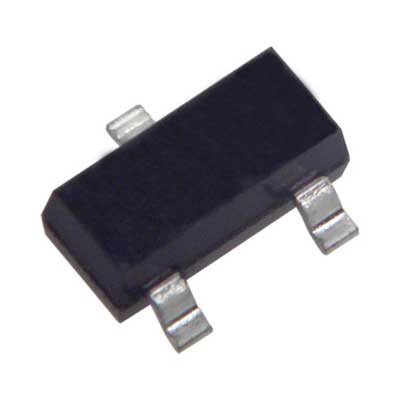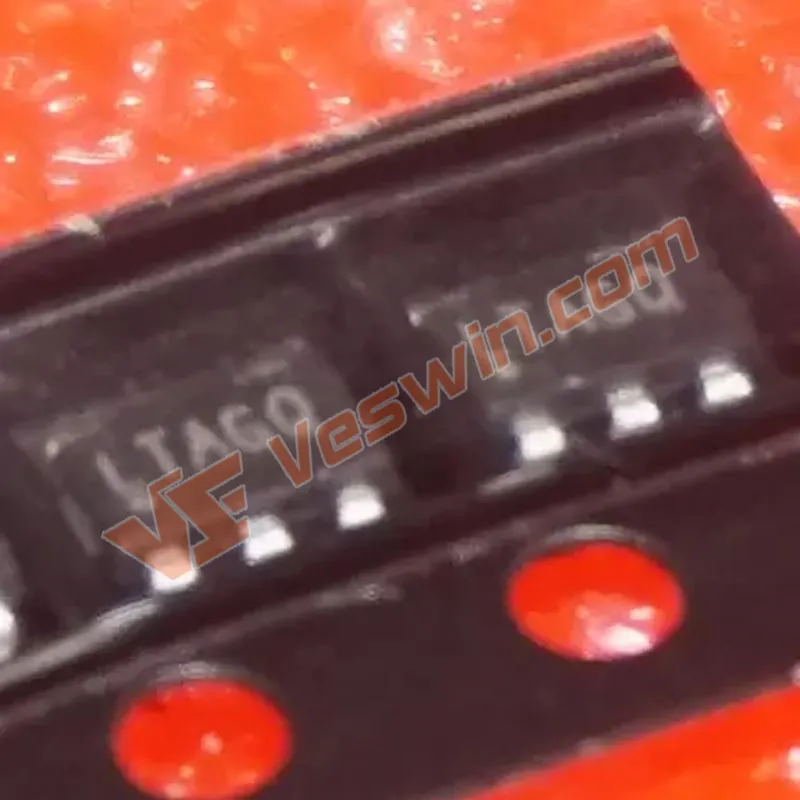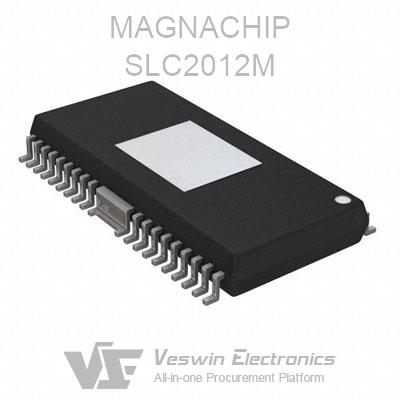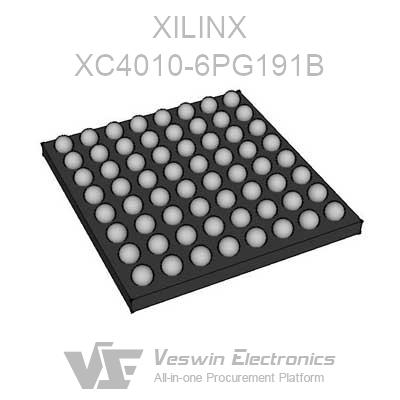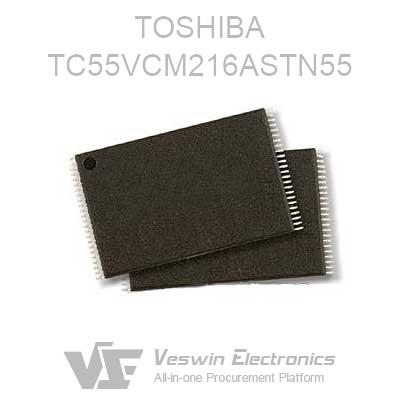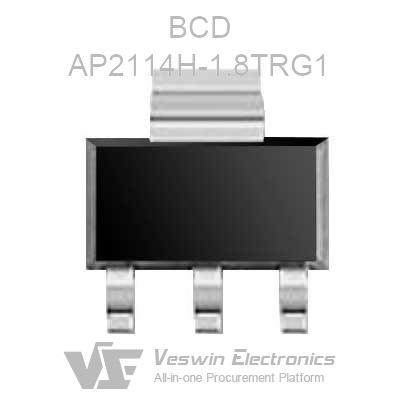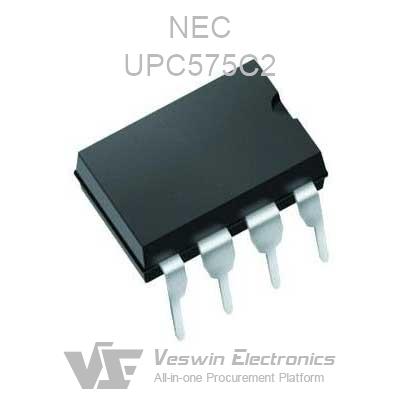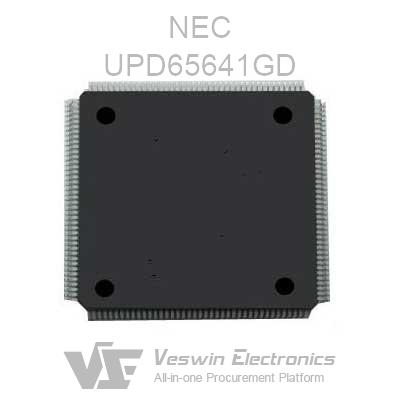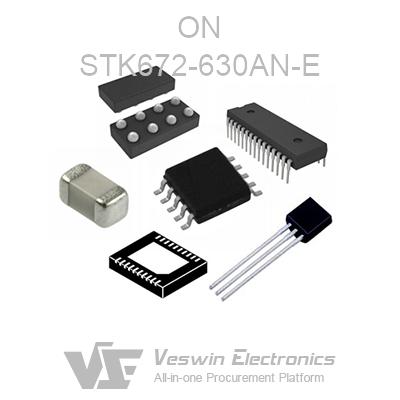As the era of single computing platforms fades away, semiconductor chip companies are adapting to the "new age" of diverse, multimodal devices and the different needs of their users.
In recent years, the strategy of focusing solely on semiconductor chips has been declining.Who is more integrated?Who can provide different chip customization requirements for different users?Who can build a more complete ecosystem (including security) outside the chip?Software, packaging, etc.)?Who can work with partners or even competitors in an open, inclusive and receptive manner?Is the current stage and future semiconductor chip industry trend.
With the development of The Times, the entire technology industry has stepped out of the era of single computing platform.It used to be that one device, one chip, could solve the problem, but now it's not enough.Driverless cars may now become a computing platform of their own.Smart wearables could also become an independent computing platform;The home's smart TV, smart camera, and even smart toilet could become a separate computing platform, which is more than just an X86 chip.
Therefore, the development of semiconductor industry starts to focus on platform level and ecological level system.Today's "chips" are not what they used to be.
Intel sees this trend and has come up with six new strategic pillars.On the surface, the six areas of manufacturing, architecture, memory, connectivity, security and software are nothing special, but if you look closely at today's semiconductor chip companies, there may not be a second one that can integrate these six areas and achieve common development.This is the way forward for Intel in the semiconductor industry in the future. It also allows Intel to bring more valuable resources to the industry in addition to bringing basic innovation momentum to the industry.
Unlike the rapid growth of many Internet companies through financing, semiconductor chips are an industry that not only needs to spend money, but also needs to spend money continuously to make it big and successful.Many of the products we are only seeing now may have been developed for ten years without any return, which is the norm of semiconductor chip companies in the past.Respectable, but probably not suitable for the current or future development of the industry.
In a way, Intel used to be closed, designing, developing and manufacturing itself.That's something to be proud of if you look at it from the past.But stand in nowadays this diversity times to look, also brought a lot of manacles to Intel however.
Therefore, through EMIB and Foveros, Intel began to embrace the new era of diversity with an open attitude.In the future, Intel will embrace more partners and even competitors to build diversified chip platforms with different functions and meet the needs of different devices through 2D and 3D packaging technology.
Previously, the most typical case was kbl-g.Intel integrates Intel core processor and AMD Radeon RX Vega M GPU on one chip through EMIB embedded bridge mode, integrating core computing power and graphics performance of AMD GPU.A lot of people don't understand why Intel teamed up with its arch-enemy, AMD, but given the context we've been talking about today, I think there's a little bit of a new understanding of this partnership.
Today, Intel has begun to embrace a more open approach to working with partners to advance semiconductor technology.Foveros will be a good bridge for this industry, which should not rest on its lauded position. It should pool the efforts of all people and even open source technologies and share technologies to promote the development of the industry.Since we are in an era of diversity, and will be for a long time, flexible strategies are needed to match different needs.
For more than a decade, Intel's relationship with the industry has been that Intel's chip manufacturing process has moved forward with a new generation of products so that manufacturers can keep up with product iterations.If Intel stands still, the industry will stagnate.To change that, Intel has been working on its own in recent years.From the perspective of chip manufacturing process architecture, Intel no longer takes CPU as its only center. The acquisition of Altera, Nervana, Movidius, eASIC and other companies in different fields, as well as the development of independent GPU are all signs of Intel's strategy change.At the same time, Intel in the micro interconnection progress is crucial
In recent years, user identity information security situation is very serious.Data shows that 74 percent of data breaches in the first half of 2017 were actually caused by theft of user identity information, and the cost of cybercrime will reach $6 trillion by 2021.While people enjoy the convenience brought by Internet and Internet of things, how to protect information security is a problem facing many technology companies.
To this end, Intel security as one of the six strategic pillars in the future, by setting up a special security department, Intel core reborui processor platform as the core, and strive to create a system-level security plan for the industry, from the underlying hardware to software, and even the system level for data security escort.Earlier, Intel introduced Intel Authenticate authentication solutions for the industry to Authenticate identity information in hardware to enhance protection at the software level and support Windows 10 facial recognition, enhancing OEM security and adapting to specific IT control and management policies.
In addition, if you look at the PC industry, you may remember that the semiconductor chip industry was caught up in the fusing and ghost bug-gate affair early last year, part of the reason Intel's security division was set up.In fact, the circuit breaker, ghost vulnerability in addition to Intel, AMD represented by the X86 architecture, but also affected to qualcomm, apple, NVIDIA Tegra, samsung and other represented ARM architecture.Therefore, the security problem is a general problem faced by the entire semiconductor chip industry, not just Intel alone. We hope that more chip companies can actively face these objective problems and cooperate with Intel to build a more secure hardware ecosystem.
Hot News

